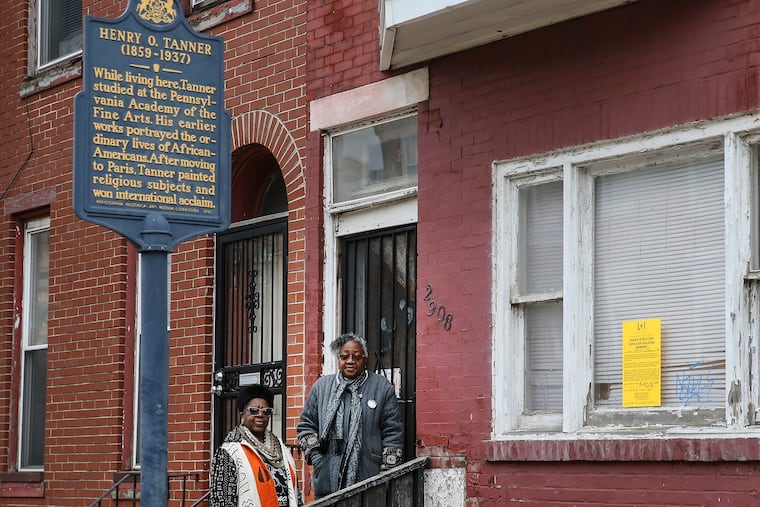Once ‘the center of the Black intellectual community in Philadelphia,’ the Henry O. Tanner House could be demolished
The house in Strawberry Mansion now sits neglected; the community is calling for its preservation.

The house in Strawberry Mansion now sits neglected; the community is calling for its preservation.
